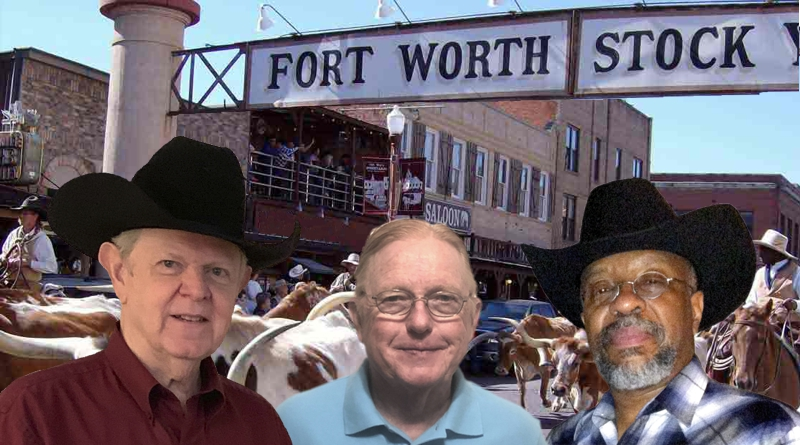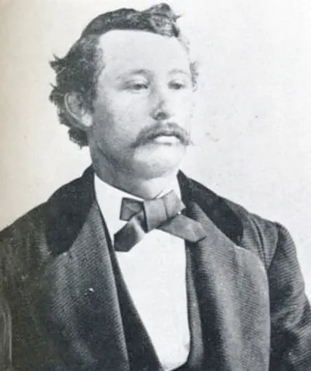The Corral meets the third Tuesday each month at 7 PM online via Zoom for a one-hour history presentation.
Topics include local, Texas, and Western history.
Speakers are members, local historians, and university professors.
Visitors are welcome.
If you would like to visit and need the Zoom login information, please use the contact form to request it.
Corral annual membership dues of $20/single and $30/couple are based on the calendar year and include the annual dues payable to our parent organization, Westerners International. Pay your dues online or by mailing us a check. We are a 501(c)(3) nonprofit organization and all contributions are tax-deductible to the full extent allowed by law.
The Fort Worth Westerners Corral was founded in 1965 and is the oldest of the eight active Corrals in Texas. Like the Westerners International organization, membership is open to anyone interested in Western history.
Bob Saul
Fort Worth Westerners' Sheriff
(does what a president does)
Phillip Williams
Fort Worth Westerners' Representative
(works as the representative for contacts with other Corrals, Posses, and the Home Ranch.)
Richard Robinson
Fort Worth Westerners' Keeper of the Chips
(does what a treasurer does)



They came up from Texas driving cattle to Cochise County, Arizona, where they got paid off and spent their money on wine, women, song, and gambling, totally wasting the rest finding themselves with no way to get back. So, they took to herding other folks' cattle . . . without permission and then went after stagecoaches. Soon they discovered that three of the largest and wealthiest towns in the West, Tombstone, Bisbee, and Silver City, were prime pickin's. Take a close look at the outlaws and gunfighters who emerged in droves from southeast Arizona.
Meet Doug Hocking
Doug Hocking has completed advanced studies in American history, ethnology, and historical archaeology. Raised on the Jicarilla Apache Reservation, Doug retired from the US Army after serving in military intelligence and as an officer in the armored cavalry. He is the author of many award-winning books of Southwest history including Southwest Train Robberies, Terror on the Santa Fe Trail, a history of the Jicarilla tribe, Tom Jeffords, Friend of Cochise and Black Legend, about the Bascom Affair. He has won the Spur Award, the Will Rogers Medallion, the Co-founders' Award for Best History, and the Danielson for best presentation.